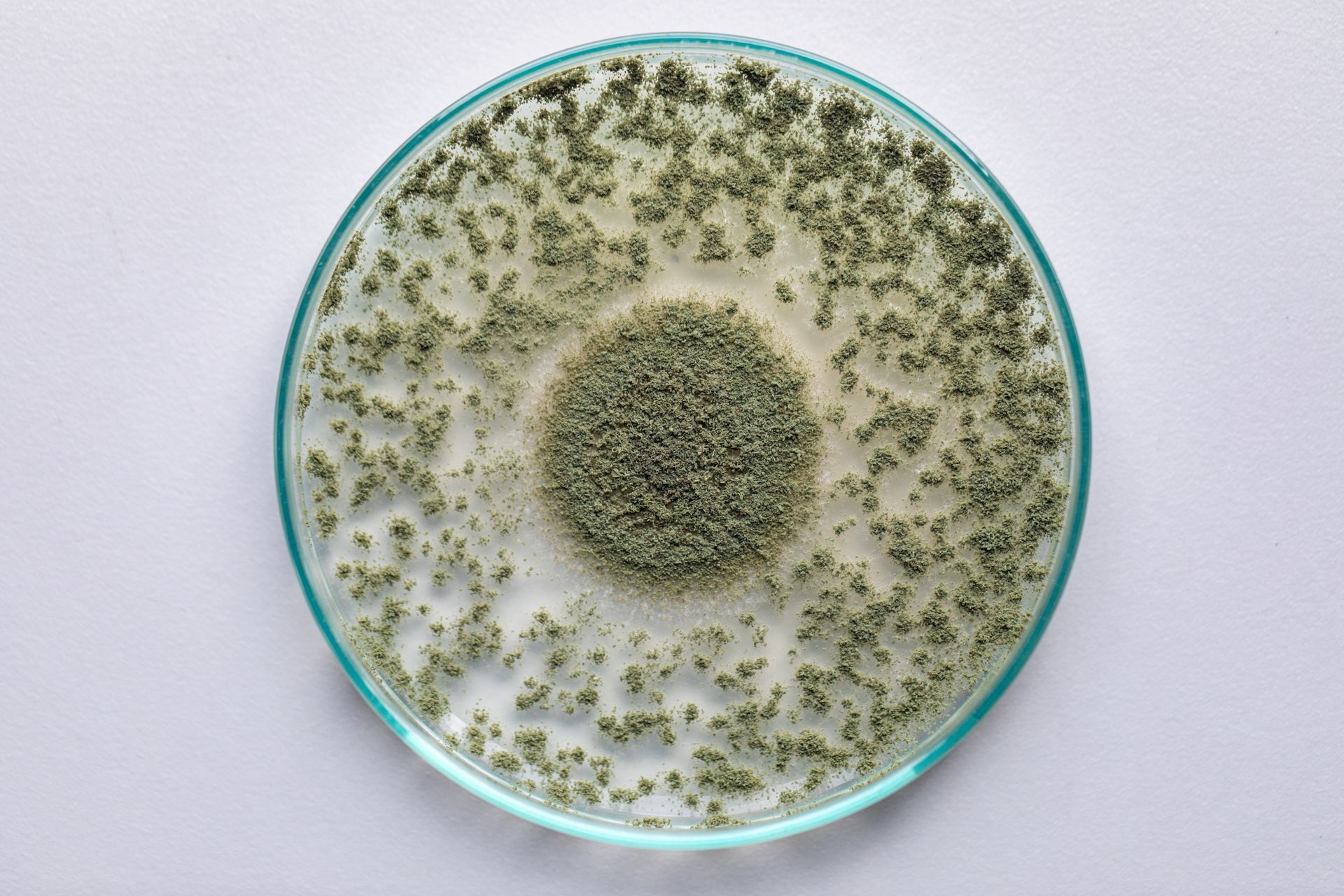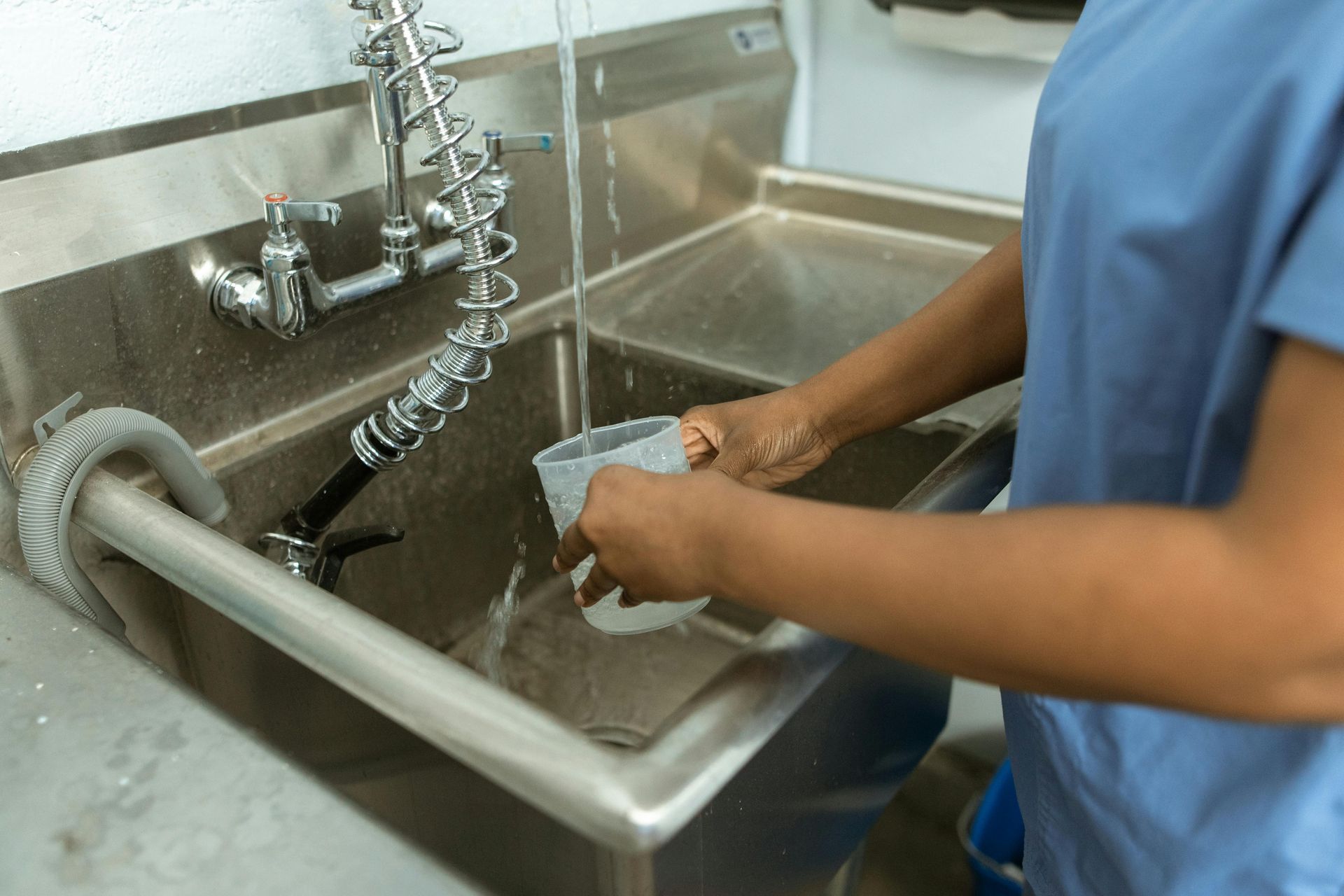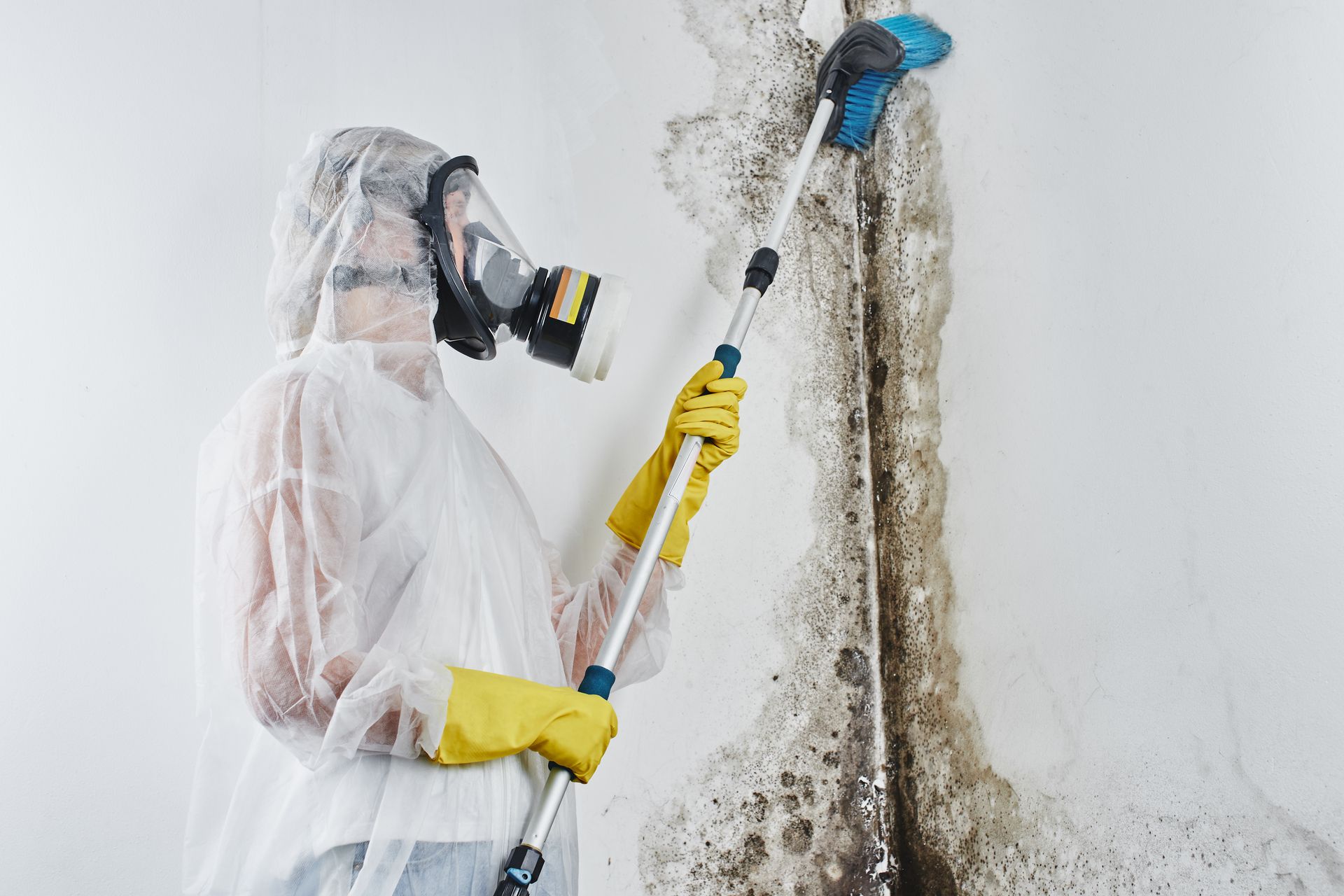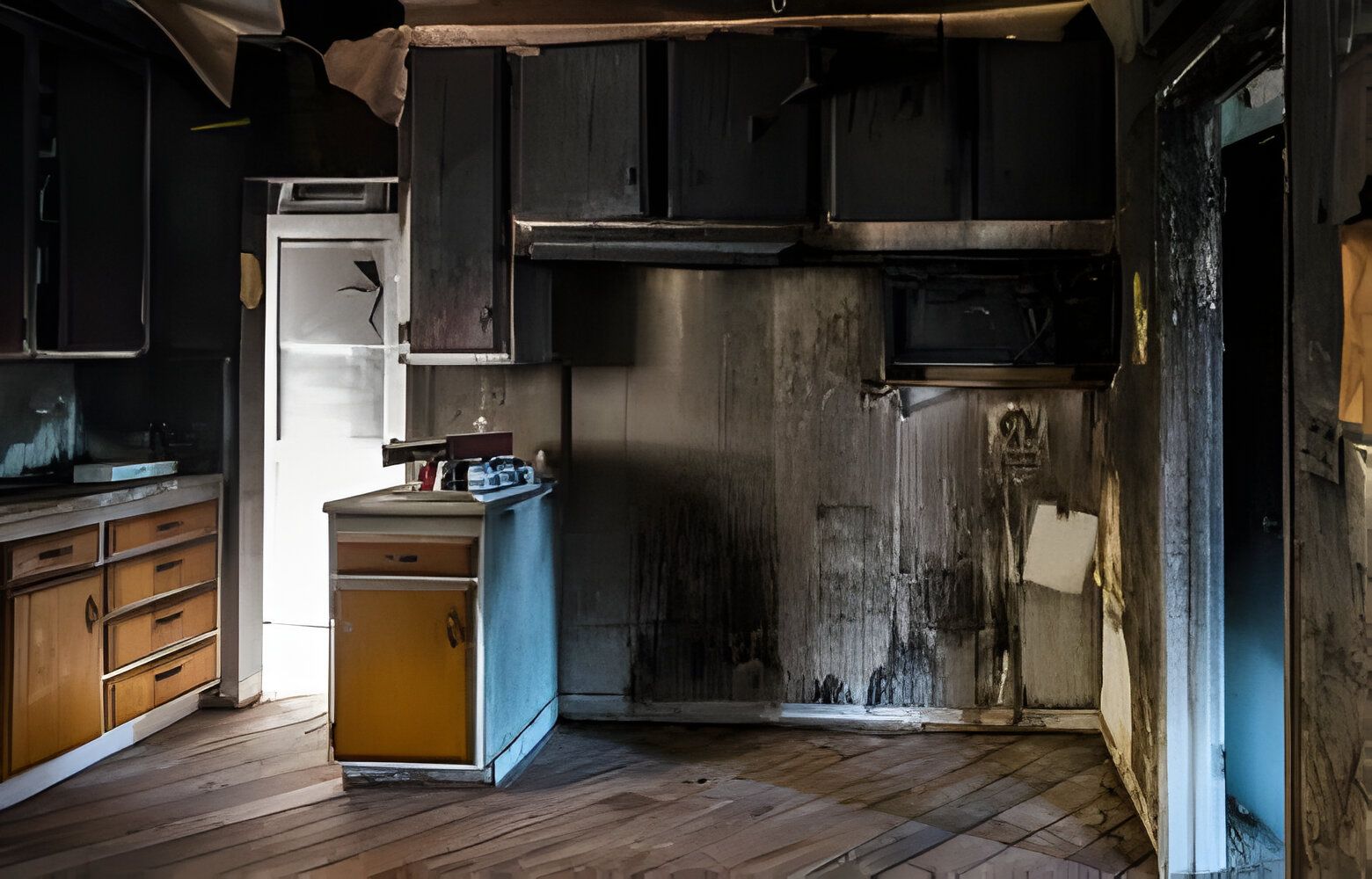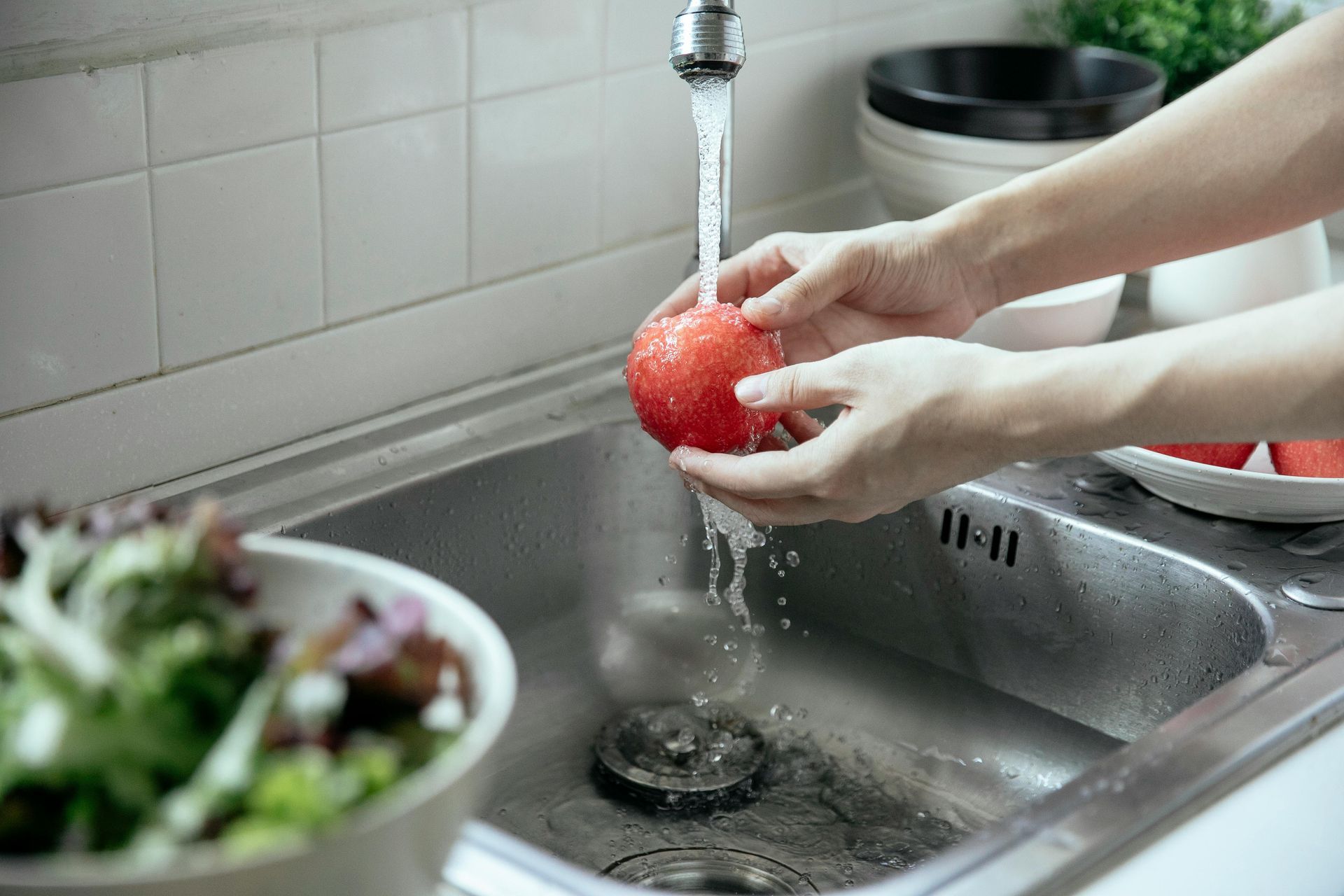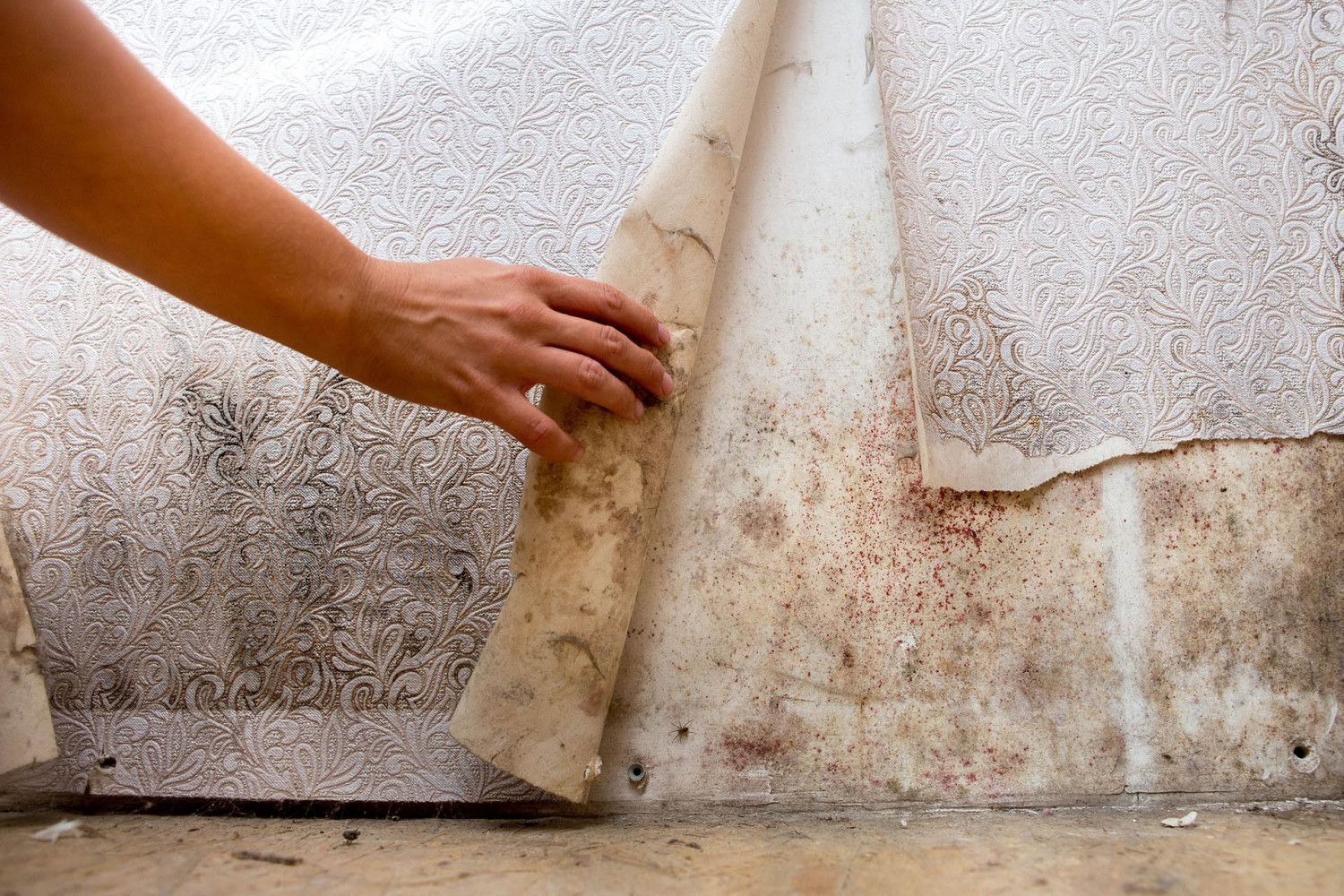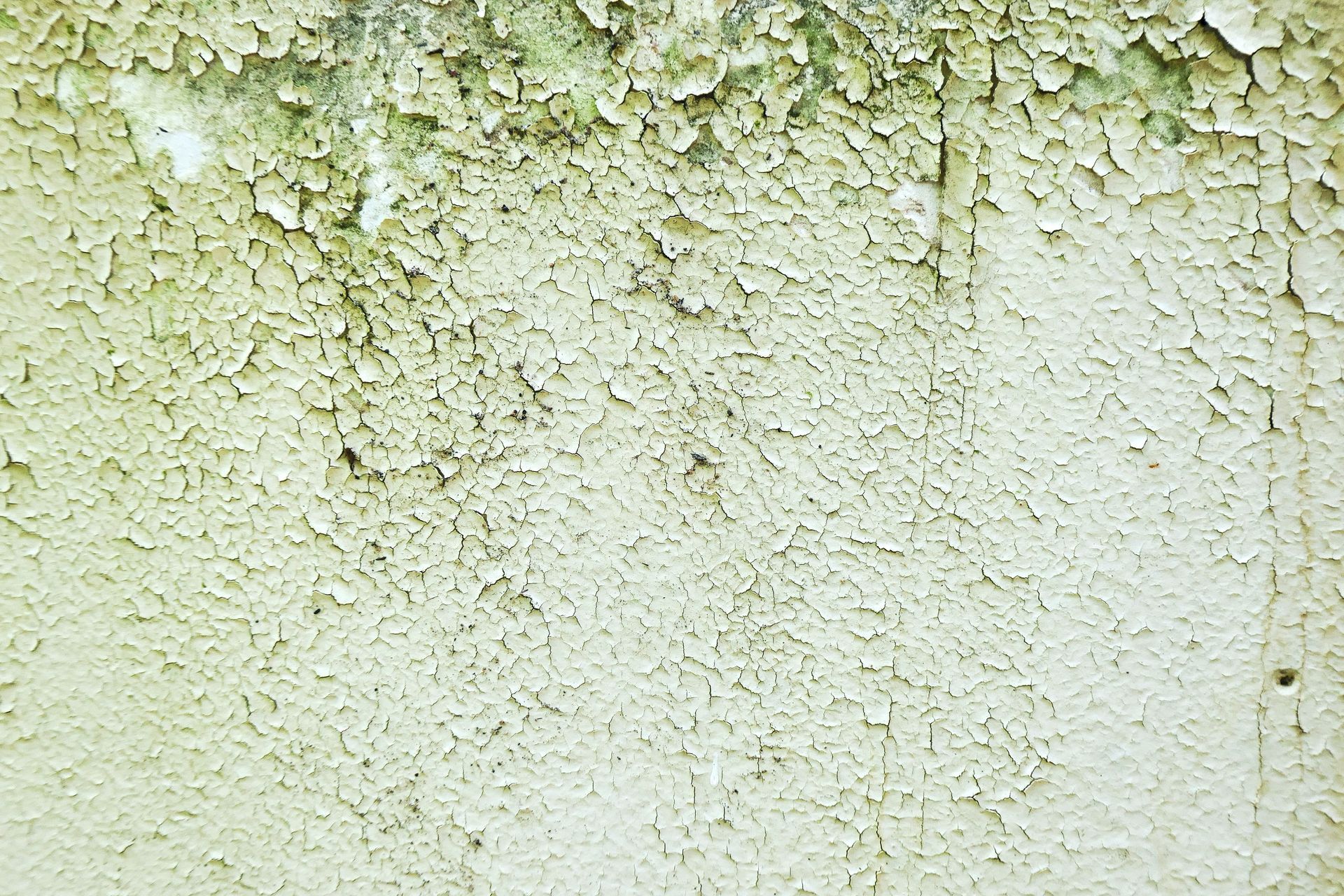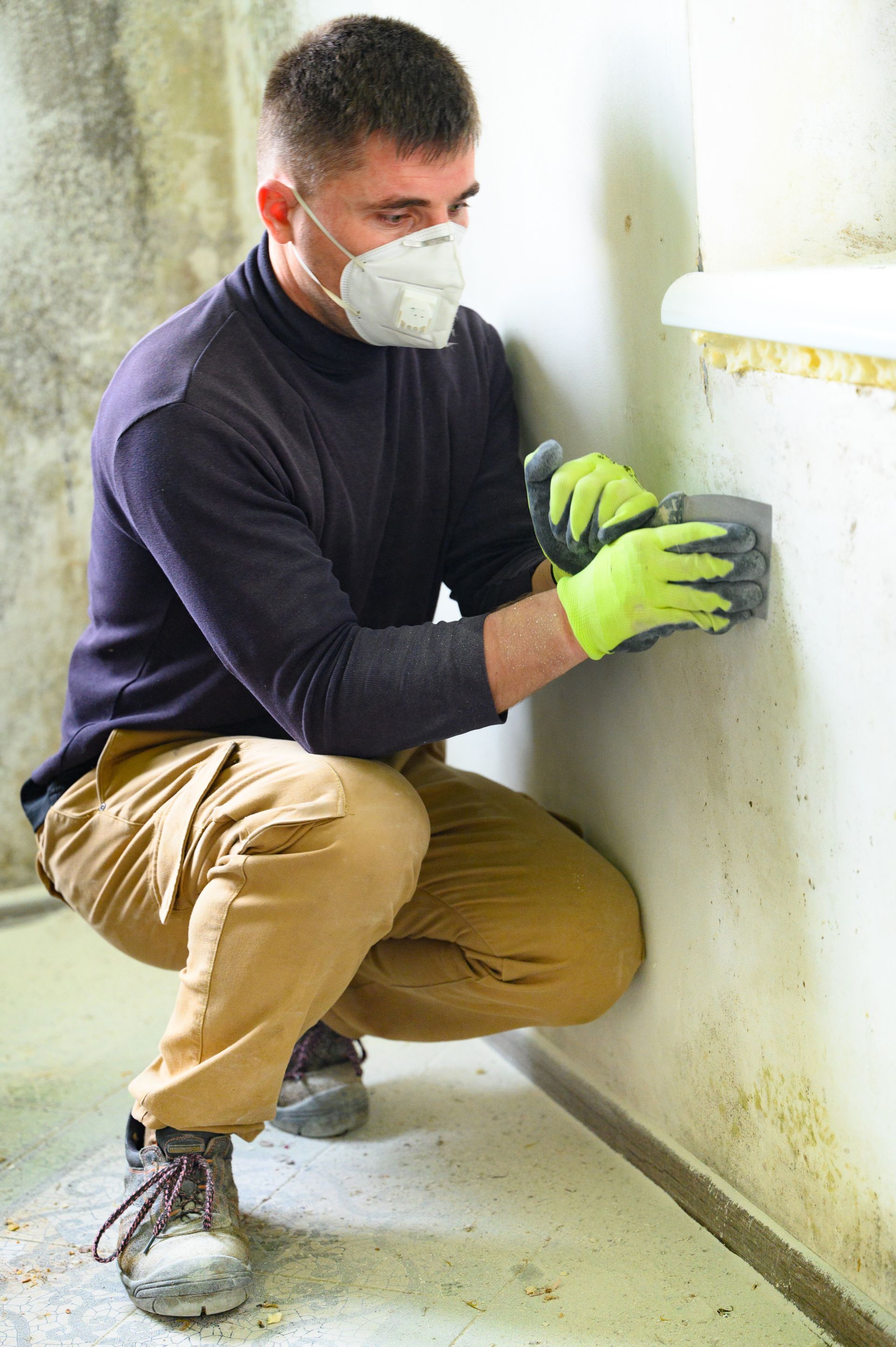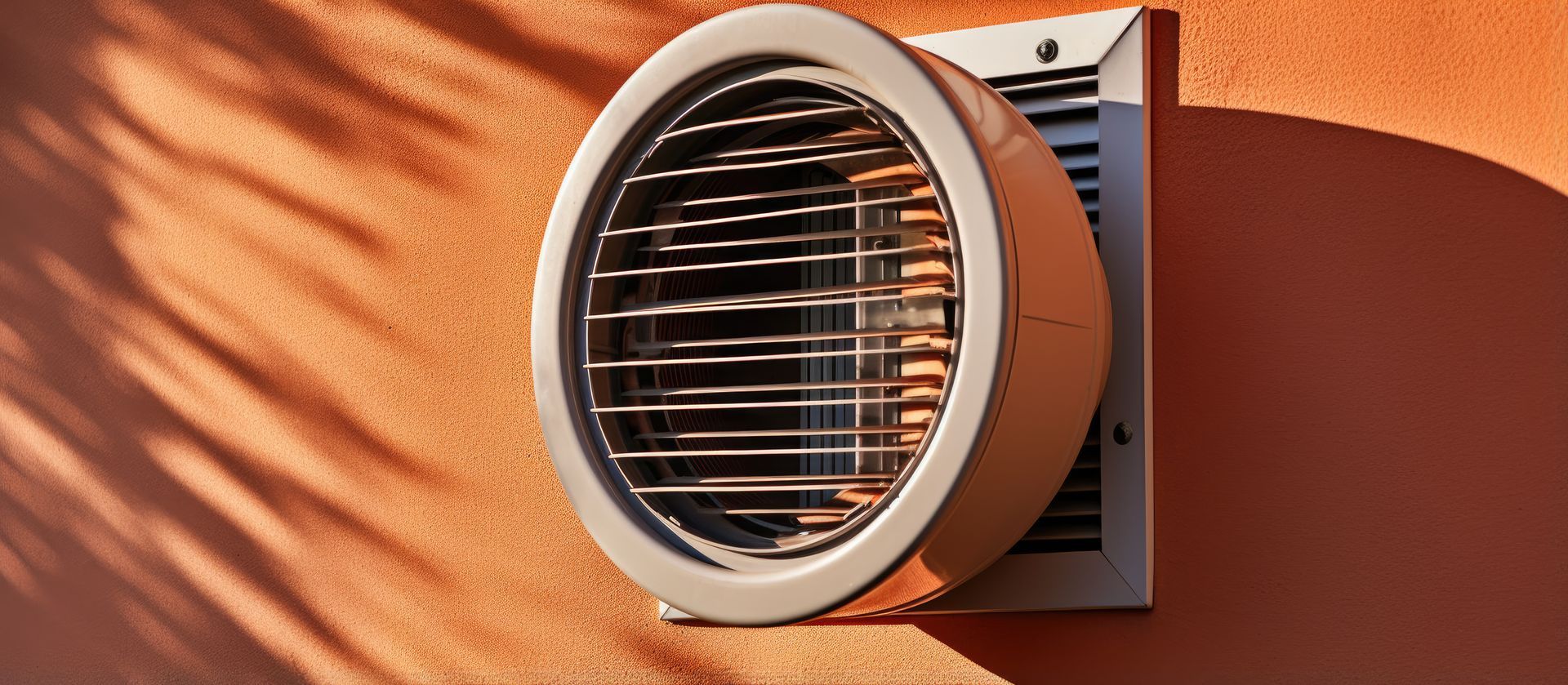J&S Air Quality Experts
Air Quality Testing: How to Improve the Air You Breathe Indoors
We spend about 90 percent of our time indoors. Think about that for a second. That’s a lot of time breathing air that might be filled with dust, pet dander, mold spores, VOCs, or even leftover smoke from last night’s “I’ll-just-toast-it-a-little-more” kitchen disaster.
Air quality testing is the superhero of indoor comfort that most people don’t even know they need. It can reveal the invisible problems making your home feel stuffy, aggravating your allergies, or affecting your sleep. In this complete guide, we’ll walk you through what indoor air quality testing is, why it matters, and how you can start breathing easier starting today.
What Is Air Quality Testing and Why Should You Care?
Air quality testing is like giving your home a checkup. It identifies what’s floating around in your air so you can fix the bad stuff and keep the good stuff. This includes particles like pollen, mold spores, bacteria, smoke residue, volatile organic compounds (VOCs), and even carbon monoxide.
Let’s be honest. If the air inside your home or office smells funky, feels heavy, or has you waking up stuffy every morning, you might have a hidden air quality issue.
Here’s why indoor air quality testing is important:
- Health First: Poor air quality has been linked to respiratory issues, allergies, headaches, fatigue, and long-term health conditions.
- Sleep Better: Cleaner air can improve sleep quality by reducing congestion and keeping your sinuses clear.
- Boost HVAC Efficiency: Contaminants clog up filters and ducts, making your system work harder and cost more.
- Stop the Blame Game: If you’re arguing with your partner over who left the window open or why the house smells weird — indoor air quality testing can settle the score.
Bottom line: Knowing what’s in your air is the first step to taking control of your indoor environment.
What Pollutants Are Lurking in Your Indoor Air?
You’d be surprised what could be floating around your home right now. Some of these air pollutants are just plain annoying. Others? Downright dangerous.
Common Indoor Air Contaminants:
- Mold Spores: Thrive in moisture and can cause respiratory problems and allergic reactions.
- Volatile Organic Compounds (VOCs): Found in paint, cleaning products, air fresheners, and new furniture. Can lead to dizziness, headaches, and long-term health effects.
- Dust and Dander: Tiny particles from pets, clothing, and skin cells that can trigger allergies and asthma.
- Smoke and Carbon Monoxide: From fireplaces, stoves, or old appliances. These can be serious health hazards, especially CO, which is odorless and deadly.
- Bacteria and Viruses: Yes, they can hang out in your HVAC system and spread throughout your home.
Tip: Just because your home
looks clean doesn’t mean your air is. The real problems are often invisible.
Simple Ways to Improve Indoor Air Quality at Home
Air quality testing is the first step. But what can you do to keep your indoor air fresh and healthy every day? Thankfully, you don’t need a lab or a hazmat suit.
Pro Tips for Cleaner Indoor Air:
- Change Filters Regularly: HVAC filters should be replaced every 1 to 3 months, depending on usage and pets.
- Use an Air Purifier: HEPA filters and activated carbon filters can trap allergens and VOCs.
- Ventilate Properly: Open windows when weather allows. Use exhaust fans in kitchens and bathrooms.
- Control Humidity: Keep it between 30% and 50% to prevent mold growth.
- Go Green: Houseplants like spider plants and peace lilies can help naturally filter air. Bonus: they look great.
- Ditch Synthetic Fragrances: That “fresh linen” candle might smell nice, but it could also be releasing VOCs. Look for natural alternatives.
Who Should Consider Indoor Air Quality Testing?
Truthfully? Everyone. But certain people and situations really call for it.
You Need Indoor Air Quality Testing If:
- You have allergies, asthma, or chronic respiratory issues
- You’ve recently experienced water damage or musty smells
- You’re in a newly renovated or freshly painted home
- You’re bringing home a new baby (or an elderly family member)
- You work from home full-time
- You’ve noticed unexplained fatigue, headaches, or sinus issues
Bonus Tip: Businesses and commercial buildings should also test regularly. Employees deserve clean air too, and poor indoor air can affect productivity and morale.
Call J&S Air Quality Experts for Air Quality Testing in Palm Bay, FL You Can Trust
Don’t Just Guess. Know What You’re Breathing
Your home should be your safe space, not a secret lab for airborne allergens and invisible irritants. At J&S Air Quality Experts, we offer professional air quality testing that identifies exactly what’s in your indoor air — and how to fix it. Whether you’re dealing with mold, smoke damage, or mysterious musty odors, we’ve got the tools and expertise to give you real answers.
We proudly serve Palm Bay, FL, and surrounding areas with indoor air quality testing,
mold testing,
smoke and fire testing, and
bacteria and water testing. Ready to get a breath of fresh air? Call us today at
(321) 557-3163 and let’s take the guesswork out of your indoor environment.
FAQs
How often should I get indoor air quality testing?
Every 2 to 3 years is a good general rule. However, if you notice changes in air quality, health symptoms, or have experienced water or fire damage, it’s best to schedule a test right away.
Is air quality testing expensive?
It’s more affordable than most people think. Pricing varies based on the size of your home and the type of testing, but it’s a worthwhile investment in your health.
Can I test indoor air quality myself?
There are DIY kits available, but they usually don’t provide the same accuracy or comprehensive results as professional testing. Plus, they can’t identify hidden mold or bacteria.
Will testing fix my air quality problems?
Testing doesn’t fix the issue, but it identifies the problem. Once you know what you’re dealing with, you can take targeted steps to improve your air.
Is poor indoor air quality really that serious?
Absolutely. Long-term exposure can lead to chronic respiratory conditions, fatigue, and even heart problems. Clean air isn’t just a luxury — it’s a health essential.



